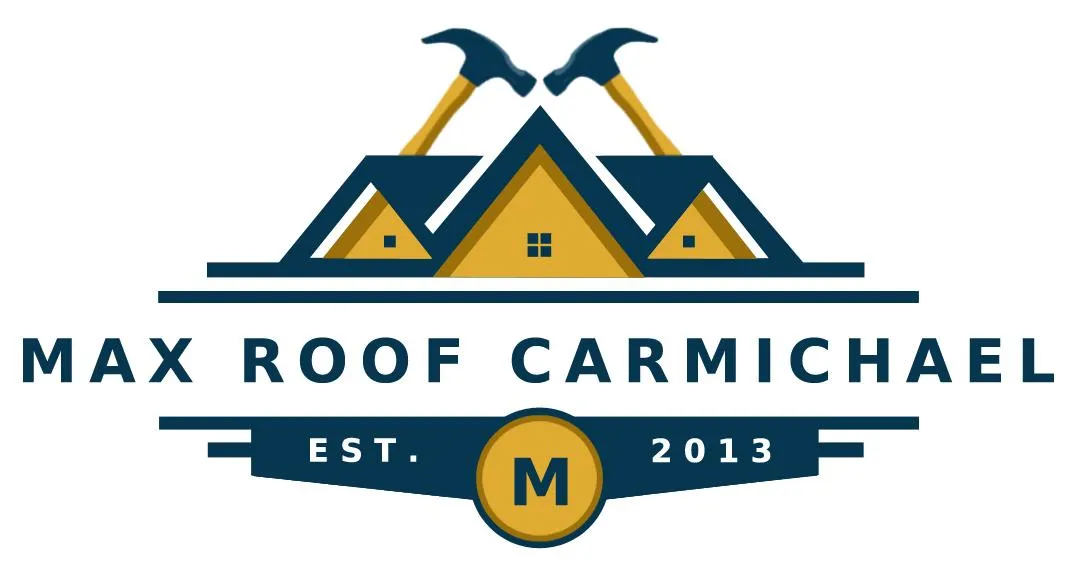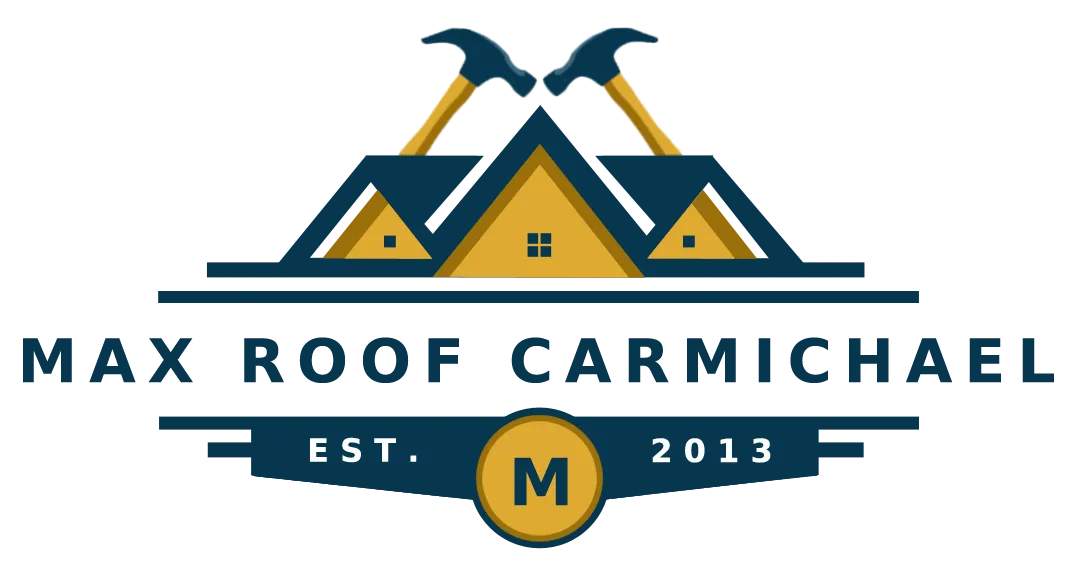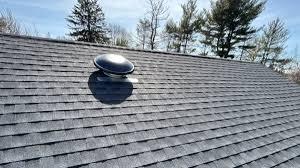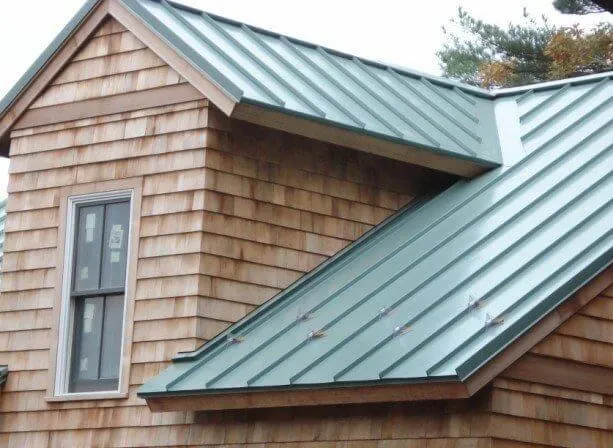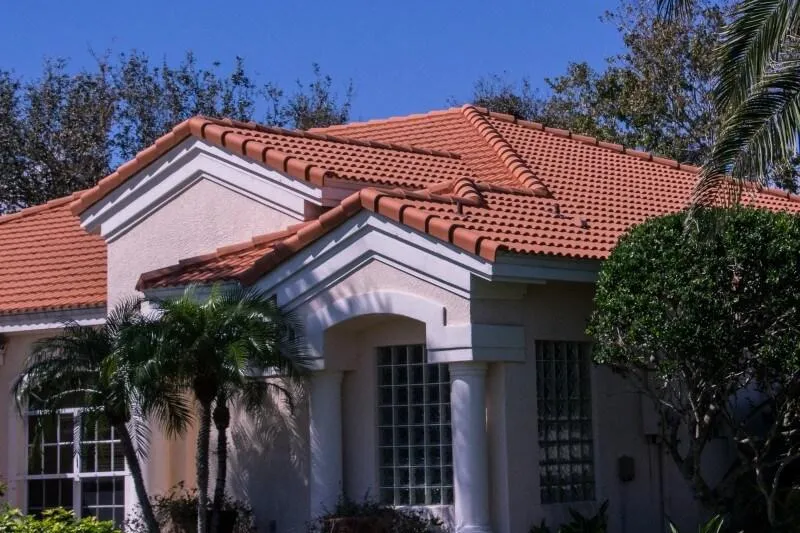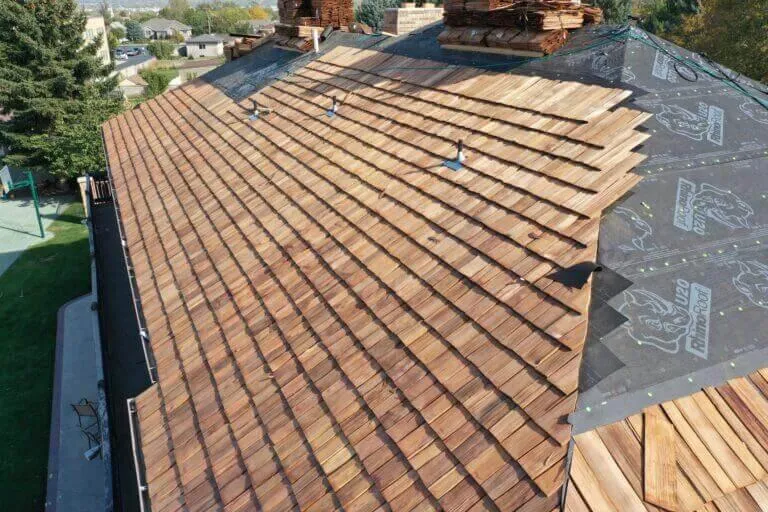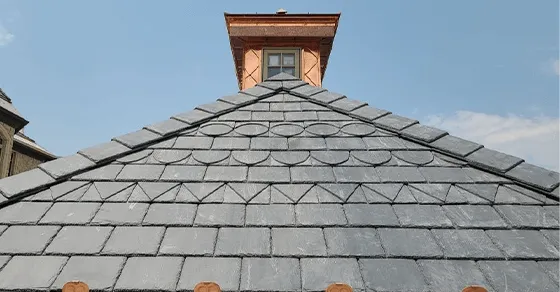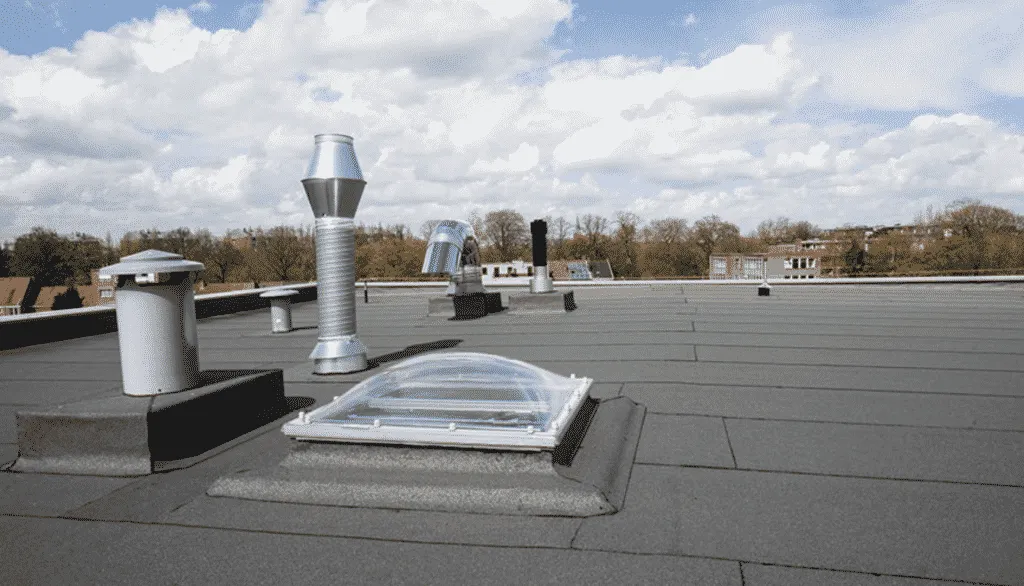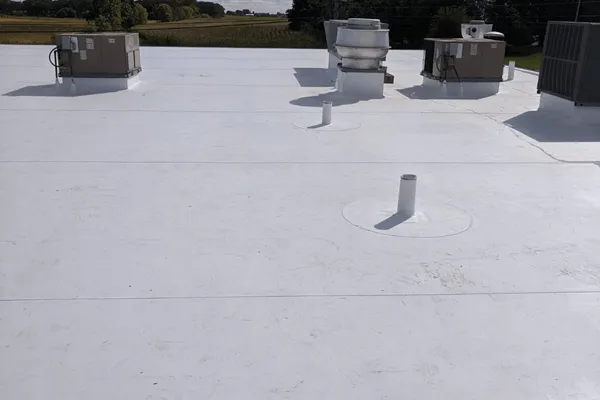Flat Roof Leak Detection Carmichael
Flat Roof Leak Detection Carmichael
If you own a flat roof, you know how important it is to keep it in good shape. Flat roofs can be prone to leaks, and catching those leaks early can save you a lot of trouble down the line. In Carmichael, understanding flat roof leak detection is key to maintaining your property and preventing costly repairs. This article will guide you through the basics of leak detection, its importance, methods, and how to choose the right professionals for the job.
Key Takeaways
Regular inspections can help catch leaks before they cause major damage.
Knowing the common causes of leaks can help you prevent them.
Using technology like infrared scanning can improve leak detection accuracy.
Hiring local experts ensures you get knowledgeable service tailored to your area.
Proper maintenance extends the life of your flat roof and reduces the chances of leaks.
Understanding Flat Roof Leak Detection
What Is Flat Roof Leak Detection?
Okay, so what exactly is flat roof leak detection? Well, it's pretty much what it sounds like: figuring out if your flat roof is leaking, and where. But it's more involved than just spotting a drip. It's about finding the source of the problem before it becomes a major headache. Flat roofs, unlike their sloped cousins, tend to hold water, which can seep through even the tiniest cracks. This means you need to be proactive in checking for issues. It's not just about the obvious puddles; it's about looking for subtle signs that water is getting where it shouldn't be.
Common Causes of Flat Roof Leaks
Flat roofs are prone to leaks for a bunch of reasons. One big one is ponding water – that's when water sits on the roof for more than 48 hours after it rains. This can break down the roofing material over time. Another common culprit is damaged flashing, which is the material around vents, skylights, and the edges of the roof. If the flashing is cracked or loose, water can easily get in. Also, keep an eye out for punctures or tears in the roofing membrane, often caused by debris or foot traffic. And don't forget about the seams – where two pieces of roofing material join together. These can weaken over time and let water seep through. Regular flat roof inspections can help catch these problems early.
Signs of a Leak to Watch For
So, how do you know if your flat roof is leaking? There are a few telltale signs. Inside, look for water stains on the ceiling or walls. These might start as small spots and grow over time. Also, check for peeling paint or bubbling drywall, which can indicate moisture buildup. In the attic, look for wet insulation or a musty smell. Outside, examine the roof surface for standing water, cracks, or blisters. If you see any of these signs, it's time to investigate further. Ignoring these early warning signs can lead to bigger, more expensive problems down the road. Consider applying a leak-proof coating for added protection.
Importance of Timely Leak Detection
Preventing Structural Damage
Let's be real, a small drip might not seem like a big deal, but over time, it can cause some serious problems. Water damage can weaken the structure of your roof, leading to rot, decay, and even collapse in extreme cases. Think about the wooden supports underneath – they're not invincible! Ignoring a leak is like ignoring a cavity; it only gets worse (and more expensive) the longer you wait. Plus, water can seep into walls and ceilings, causing unsightly stains and potentially compromising the integrity of your home.
Cost Savings on Repairs
Okay, so you're thinking, "I'll get to it later." But later often means a bigger bill. Addressing a leak early can save you a ton of money in the long run. A small patch is way cheaper than replacing a whole section of your roof or dealing with extensive water damage inside your home. Think of it this way:
Small Leak Repair: $100-$500
Moderate Leak Repair: $500-$1500
Major Leak Repair (including structural damage): $1500+
Delaying repairs can lead to exponential cost increases. What starts as a minor issue can quickly escalate into a major renovation project, impacting your budget and causing unnecessary stress.
Maintaining Property Value
If you're planning to sell your home anytime soon (or even if you're not), keeping it in good condition is key to maintaining its value. A leaky roof is a major red flag for potential buyers. No one wants to inherit a problem like that! Addressing leaks promptly shows that you've taken good care of the property, which can make it more attractive to buyers and potentially increase its resale value. Plus, a well-maintained roof contributes to the overall curb appeal of your home, making a positive first impression.
Here's a quick list of things that can be affected:
Resale Value
Curb Appeal
Buyer Confidence
Methods for Detecting Flat Roof Leaks
Visual Inspections
Okay, so the first thing you wanna do is just look at your roof. Seriously! A good visual inspection can catch a lot. Walk around (carefully, of course!) and check for these things:
Blisters or bubbles on the roofing surface
Cracks or splits
Ponding water (water that sits for more than 48 hours)
Damaged flashing around vents, skylights, and edges
Any obvious signs of wear and tear
Don't forget to check inside your building too. Look for water stains on the ceiling or walls. Sometimes, the leak isn't directly above where the stain appears, so check a wide area. It's like detective work, but with a roof!
Moisture Detection Tools
If you can't see anything obvious, it might be time to bring out the gadgets. Moisture meters are pretty handy. You can get one at most hardware stores, and they're not too expensive. Basically, you run the meter over the roof surface, and it tells you the moisture content. High moisture readings can indicate a leak, even if the surface looks dry.
Another tool is a thermal camera. These cameras show temperature differences, which can help you find wet areas under the roofing material. It's like seeing the leak's heat signature! These are more expensive, but can be worth it if you have a large or complex roof. You can also hire someone to do this for you.
Infrared Scanning Technology
Infrared scanning is a more advanced method. It uses specialized equipment to detect temperature differences on the roof surface. Because water retains heat differently than dry materials, infrared scans can pinpoint the exact location of leaks, even beneath the surface. This is especially useful for large commercial buildings where leaks can be hard to find. It's like having X-ray vision for your roof!
Infrared scanning is best done at night or early in the morning when temperature differences are most pronounced. This ensures accurate readings and helps identify even the smallest leaks. It's a bit of an investment, but it can save you a lot of money in the long run by preventing extensive damage.
Choosing the Right Professionals in Carmichael

Finding the right people to handle your flat roof needs in Carmichael can feel like a big task. You want someone reliable, experienced, and fair. Let's break down how to make the best choice.
What to Look for in a Roofing Contractor
First off, experience matters. You want a contractor who's been around the block, seen different types of flat roofs, and knows how to handle various issues. Look for these qualities:
Licensing and Insurance: This is non-negotiable. Make sure they're properly licensed to work in California and have adequate insurance to cover any accidents or damages.
Reputation: Check online reviews and ask for references. What are other customers saying about their work? A good reputation is a strong indicator of quality.
Specialization: Flat roofs require specific knowledge. A contractor specializing in flat roofing is more likely to have the right tools and skills for the job.
Questions to Ask Before Hiring
Before you sign any contracts, ask potential contractors these questions:
"How long have you been working with flat roofs?" Gauge their experience.
"Can I see examples of your previous work?" Visual proof is always helpful.
"What type of materials do you recommend for my roof, and why?" Their answer should show they understand your specific needs.
"Do you offer a warranty on your work?" A solid warranty shows they stand behind their work.
"What's your plan for handling unexpected issues?" This shows their problem-solving skills.
Benefits of Local Expertise
Hiring a local Carmichael roofing contractor has several advantages. They understand the local climate, building codes, and common roofing challenges in the area. Plus, they're more likely to be responsive and available if you need them down the road. Local guys often have established relationships with suppliers, potentially leading to better pricing and faster service. Don't underestimate the value of local roofing expertise.
Maintenance Tips for Flat Roofs

Regular Inspections and Repairs
Okay, so you've got a flat roof. Cool! But don't just forget about it. Regular check-ups are super important. I'm talking at least twice a year, maybe more if you live in an area with crazy weather. Look for things like cracks, blisters, or any standing water. Catching these problems early can save you a ton of money and stress down the road. I usually check mine in the spring and fall. It's a good habit to get into. If you see something that doesn't look right, get it fixed ASAP. Ignoring small issues can turn them into big, expensive headaches. You can also get flat roof services to help you with this.
Cleaning and Debris Removal
Flat roofs are notorious for collecting all sorts of junk. Leaves, branches, dirt, you name it. All that stuff can trap moisture and cause damage to the roofing material. Plus, it can clog up your drains, which leads to standing water – a flat roof's worst enemy. I try to sweep or blow off my roof every few months. It's a quick job, and it makes a big difference. Make sure to clear out any gutters or drains too. A clogged drain can cause water to back up and seep into your roof. Regular cleaning is a simple way to extend the life of your roof.
Applying Protective Coatings
Think of a protective coating like sunscreen for your roof. It helps shield it from the sun's harmful UV rays, which can break down the roofing material over time. There are different types of coatings available, so do some research to find the one that's best for your roof. I had a leak-proof coating applied to mine a few years ago, and it's made a noticeable difference. It's also a good idea to reapply the coating every few years to maintain its effectiveness. It's a relatively inexpensive way to add an extra layer of protection and prolong the life of your flat roof.
Keeping your flat roof in good shape doesn't have to be a huge chore. A little bit of regular maintenance can go a long way in preventing leaks and extending the life of your roof. It's all about being proactive and catching problems early before they turn into major disasters.
Emergency Leak Response Strategies
Immediate Actions to Take
Okay, so you've spotted a leak in your flat roof. Don't panic! The first thing you need to do is contain the water to prevent further damage. Grab some buckets, mops, and towels. Move any furniture or valuables out of the affected area. The goal is to minimize the water's spread. If it's safe to do so, try to identify the source of the leak from inside. This can give you a head start when the professionals arrive. Remember, safety first – don't go poking around electrical fixtures with wet hands!
Cover valuable items with plastic sheeting.
Place buckets strategically to catch drips.
Mop up standing water to prevent slips and further damage.
Temporary Fixes Until Help Arrives
While waiting for a roofing contractor, you can attempt some temporary fixes. A tarp can be a lifesaver. Secure it over the affected area of the roof, weighing it down with sandbags or bricks. Roofing tape can also be used to seal small cracks or punctures. However, remember that these are only temporary solutions. They're meant to buy you some time until a professional can assess and repair the damage properly. Don't rely on these fixes for the long haul, especially with Carmichael's unpredictable weather.
It's important to document the damage with photos and videos for insurance purposes. Keep a record of all actions taken and expenses incurred. This will help streamline the claims process.
When to Call a Professional
Knowing when to call in the pros is key. If the leak is significant, widespread, or you're uncomfortable climbing on the roof, it's time to call a professional roofing contractor. Also, if you suspect structural damage, don't hesitate. Look for signs like sagging ceilings or walls. A professional can accurately diagnose the problem, provide a proper repair, and prevent further damage. Plus, they have the experience and equipment to handle the job safely. Remember, addressing the issue promptly can save you a lot of money and headaches down the road. Property managers should first close off the affected area to prevent hazards and damage. It's important to clean up any visible water and contact the building's insurance for assistance. Don't delay in contacting roofing professionals for help.
Long-Term Solutions for Flat Roof Longevity
Investing in Quality Materials
When it comes to flat roofs, you really do get what you pay for. I've seen people try to save a few bucks by going with the cheapest materials, and it always ends up costing them more in the long run. Think of your roof as an investment, not just an expense. Choosing high-grade materials like TPO, PVC, or modified bitumen can significantly extend the life of your roof. These materials are designed to withstand the elements and resist common issues like ponding water and UV damage. For example, high-quality roofing materials such as EPDM are known for their durability and resistance to weathering.
Upgrading Your Roof System
Sometimes, a simple repair just isn't enough. If your flat roof is constantly giving you problems, it might be time to consider a complete system upgrade. This could involve adding insulation to improve energy efficiency, installing a better drainage system to prevent water buildup, or even switching to a more modern roofing material altogether. It's a bigger upfront cost, sure, but think of the peace of mind! Plus, a new roof system can actually increase your property value. I know a guy who upgraded his roof and saw a noticeable drop in his energy bills – pretty cool, right?
Regular Maintenance Plans
Okay, so you've got a great roof made of top-notch materials. Now what? Don't just sit back and forget about it! Regular maintenance is key to keeping your flat roof in tip-top shape. Think of it like changing the oil in your car – you wouldn't skip that, would you? A good maintenance plan should include:
Scheduled inspections to catch small problems before they become big ones.
Cleaning to remove debris that can trap moisture and damage the roof membrane.
Applying protective coatings to extend the life of the roof.
I always tell people that a little bit of maintenance goes a long way. Spending a few hours each year to inspect and clean your roof can save you thousands of dollars in repairs down the road. It's like flossing – nobody wants to do it, but your dentist will thank you (and so will your wallet!).
Honestly, finding a good roofing company that offers flat roof repair and maintenance plans is worth its weight in gold. They can spot potential issues that you might miss and keep your roof in great condition for years to come.
Wrapping Up Flat Roof Leak Detection in Carmichael
So, there you have it! Detecting leaks in flat roofs isn’t just a chore; it’s a must-do to keep your home safe and dry. Whether you’re dealing with a small drip or a bigger issue, catching it early can save you a lot of headaches down the road. Remember, if you’re not sure where to start, don’t hesitate to reach out to the pros. They’ve got the tools and know-how to get the job done right. Stay proactive, keep an eye on your roof, and you’ll be in good shape. Happy roofing!
Frequently Asked Questions
What is flat roof leak detection?
Flat roof leak detection is the process of finding leaks in flat roofs. It helps identify where water is getting in so repairs can be made.
What causes flat roof leaks?
Common causes of flat roof leaks include poor installation, weather damage, and wear and tear over time.
How can I tell if my flat roof is leaking?
Signs of a leak include water stains on the ceiling, damp spots on the walls, or visible mold.
Why is it important to detect leaks quickly?
Finding leaks quickly can prevent serious damage to your building's structure and save you money on repairs.
What methods are used to find flat roof leaks?
Methods for detecting leaks include visual inspections, using moisture detection tools, and infrared scanning.
How do I choose a roofing professional in Carmichael?
Look for experienced contractors, check their reviews, and ask about their warranties and services.
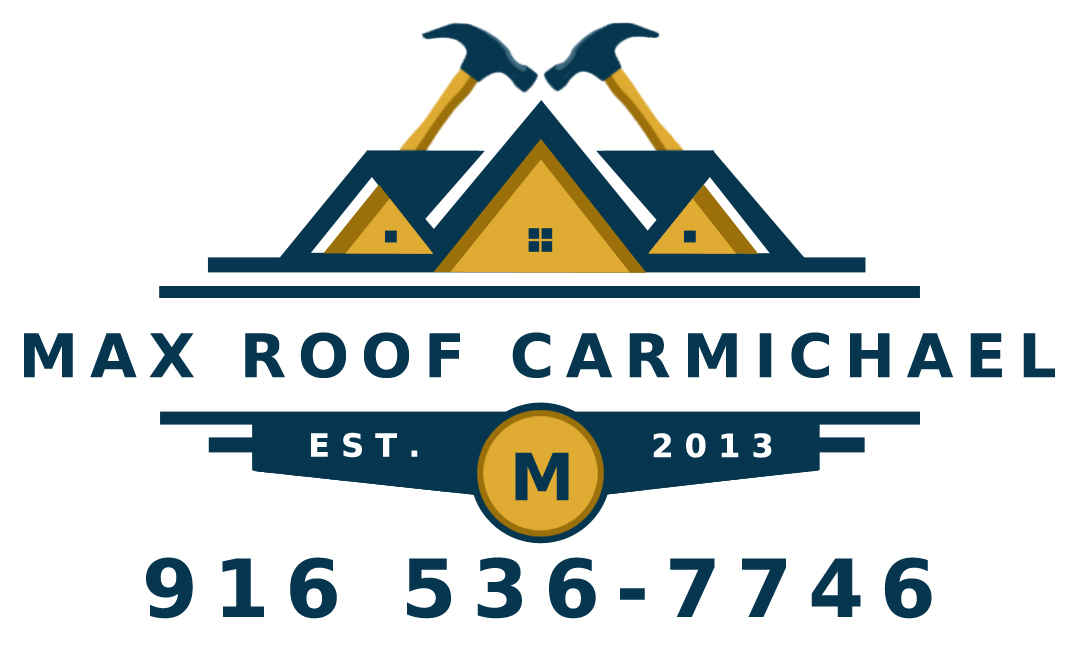
Contact Us To Get A Free Quote!
Roofing We Install In Carmichael
